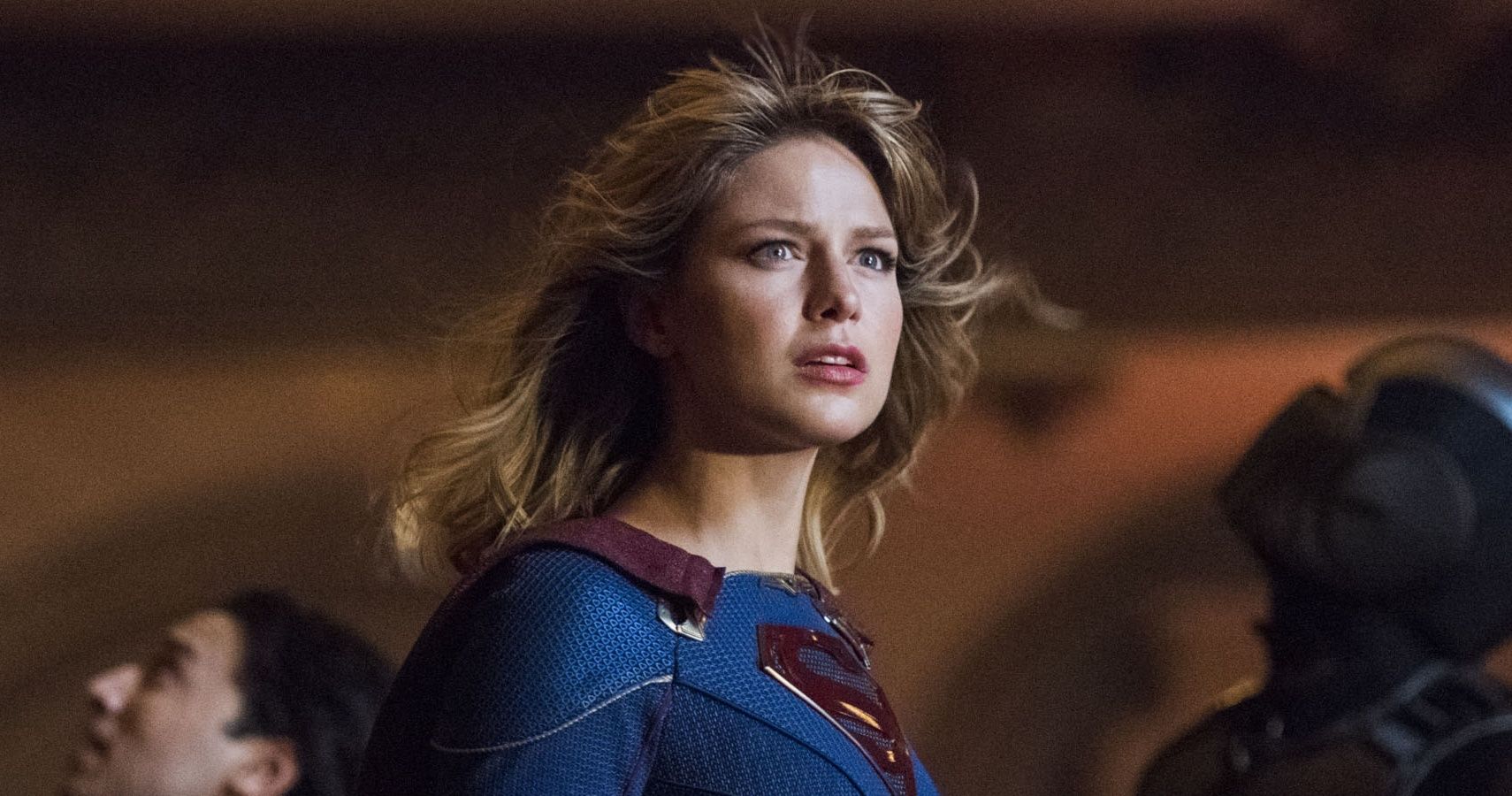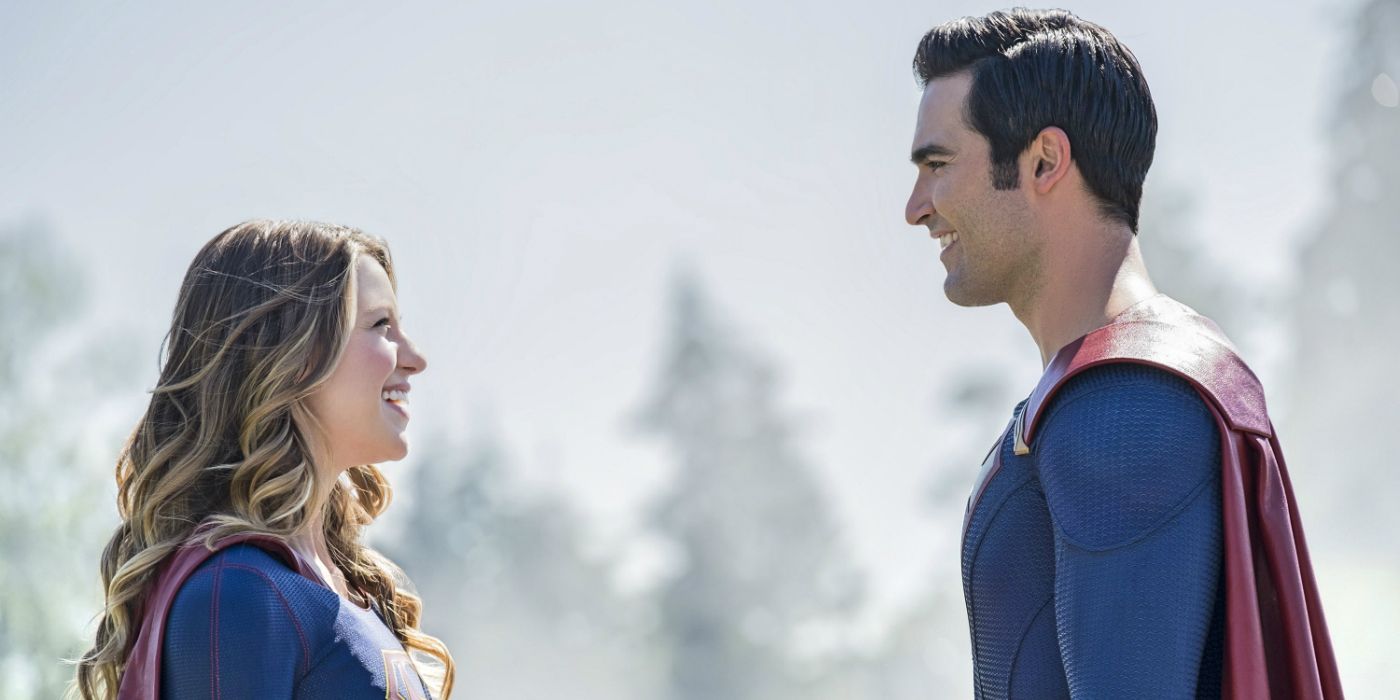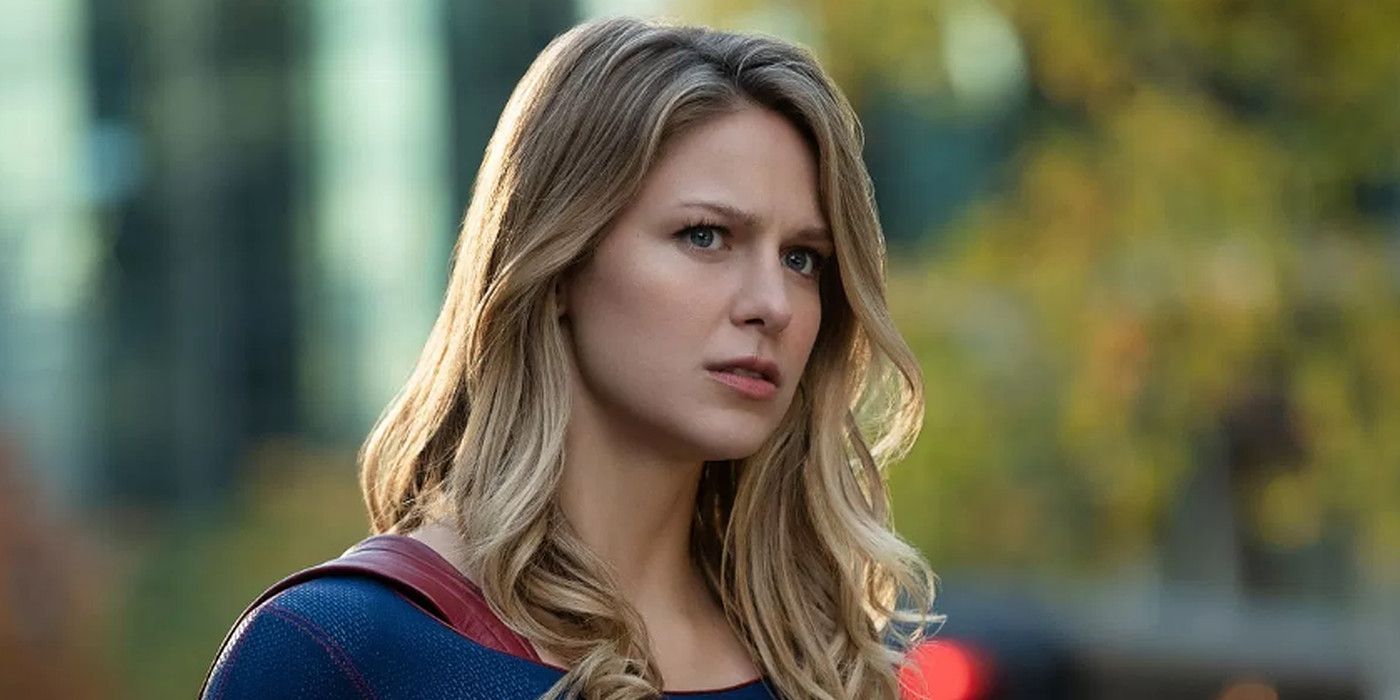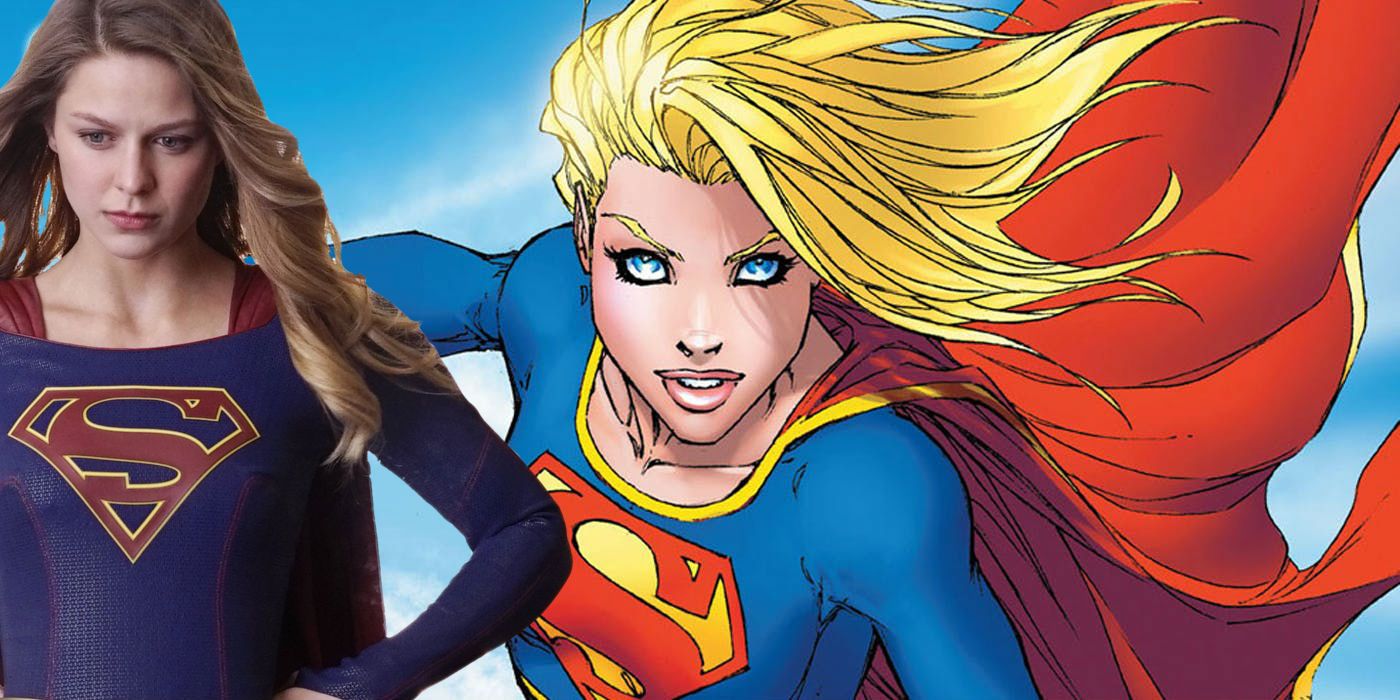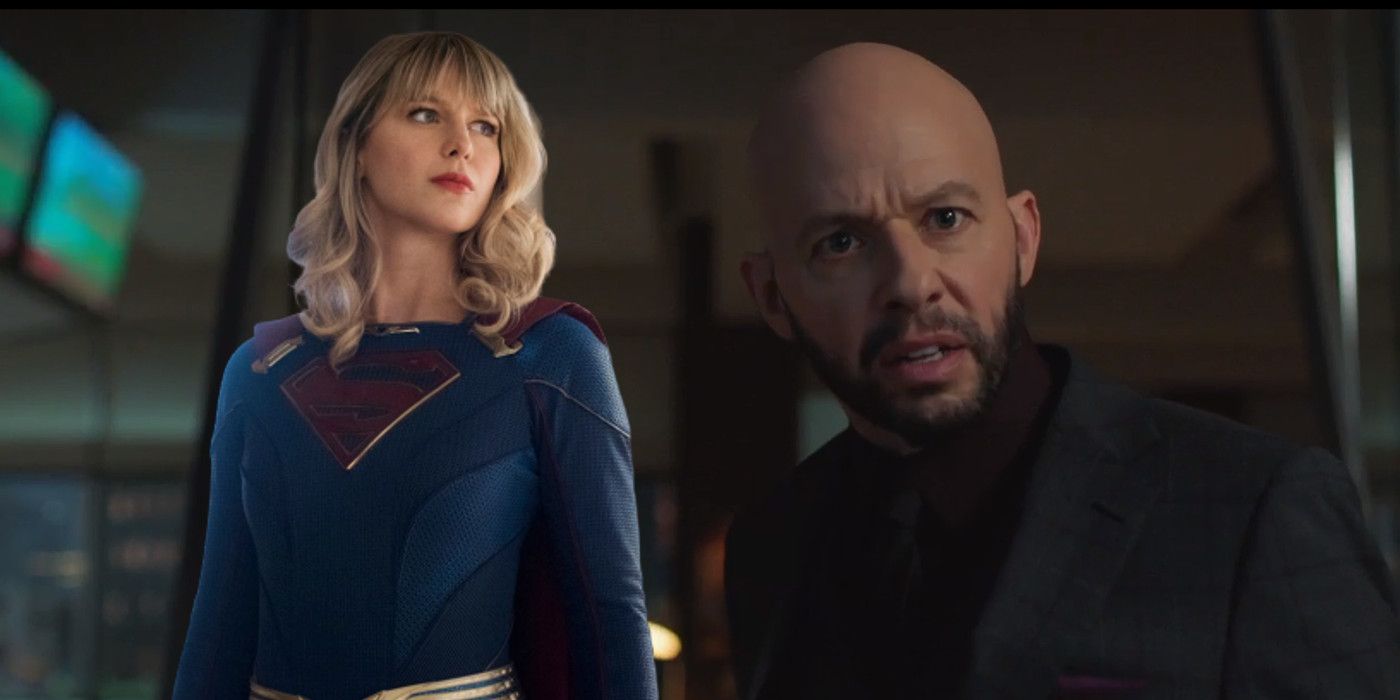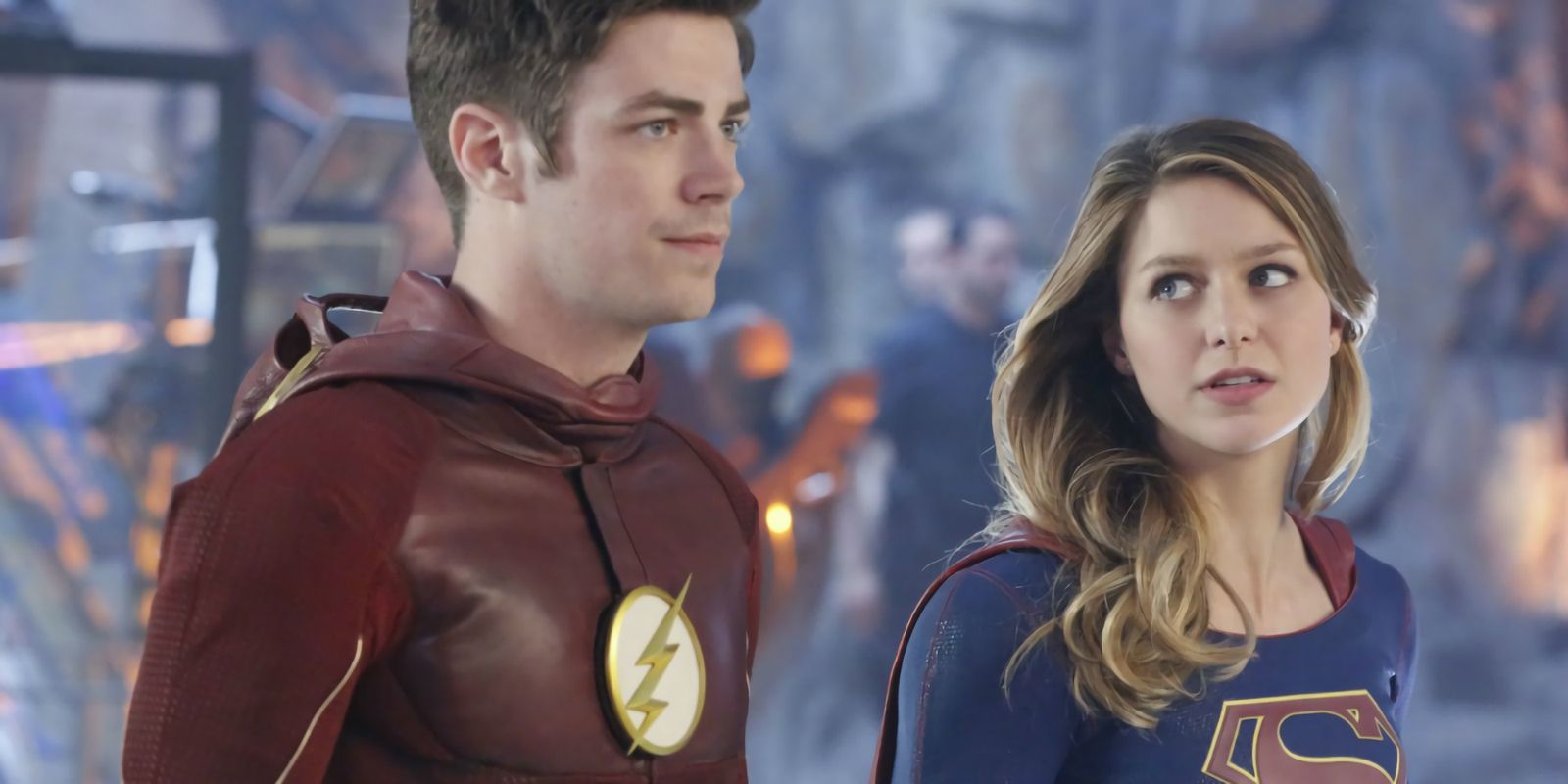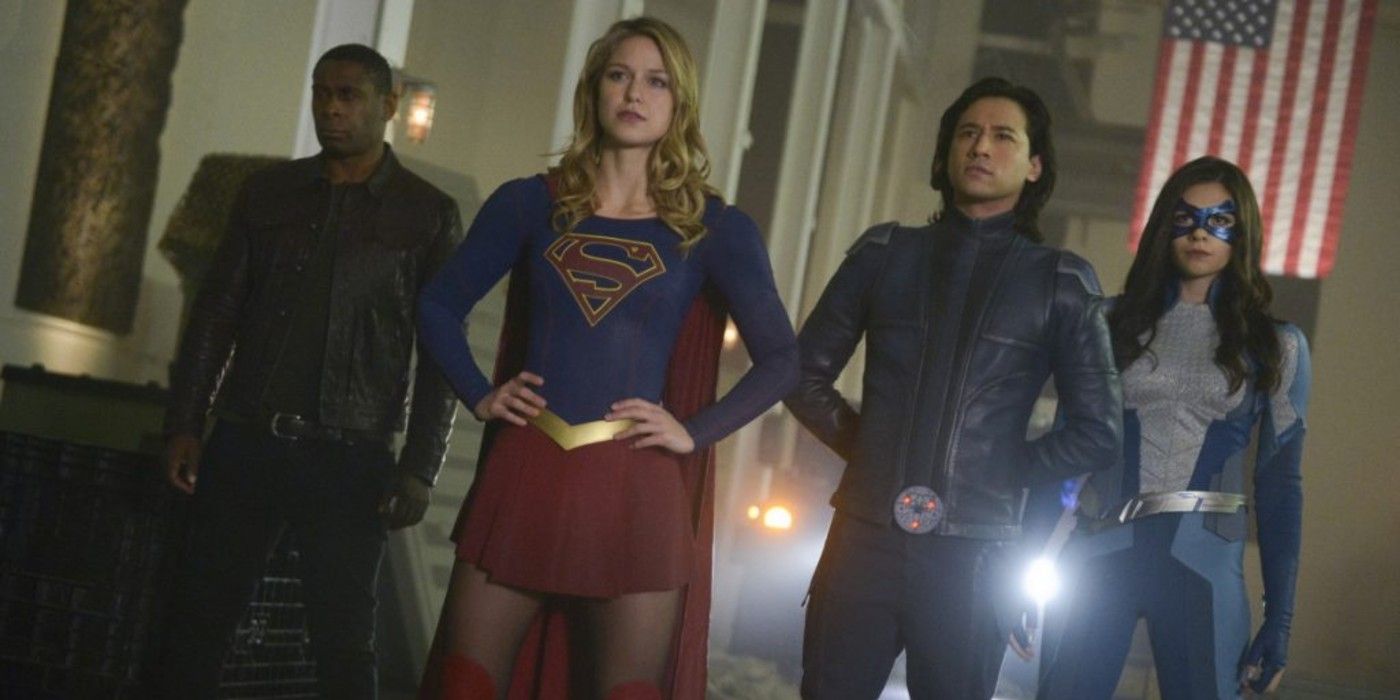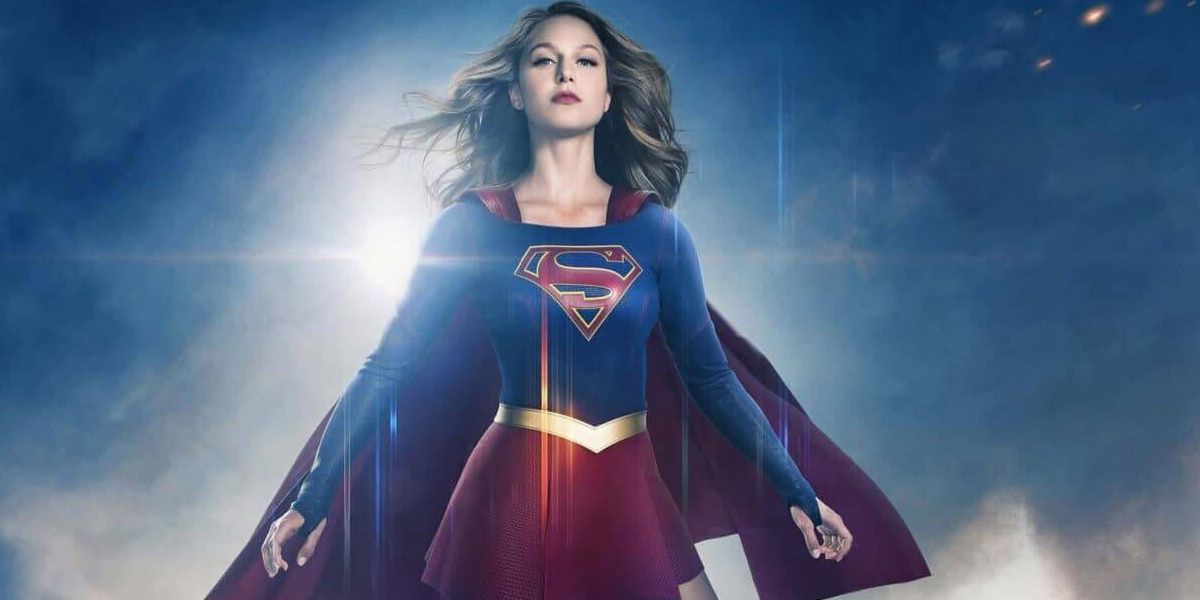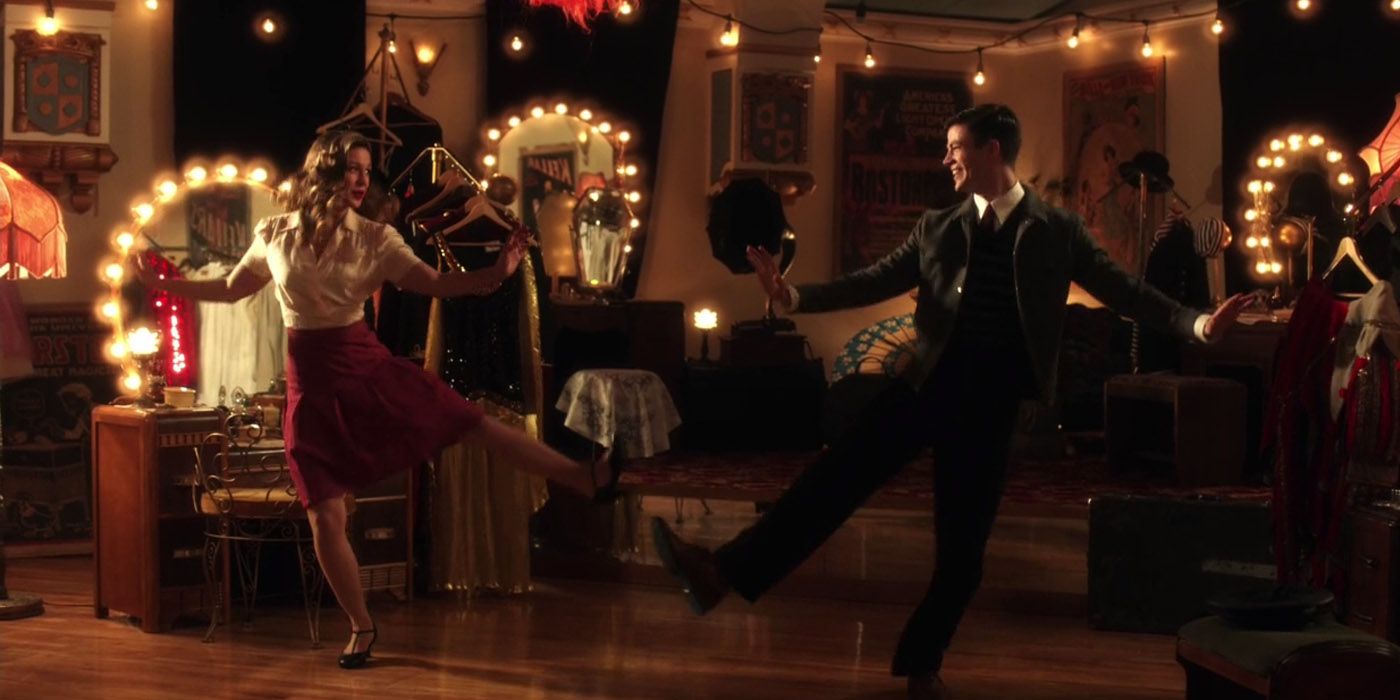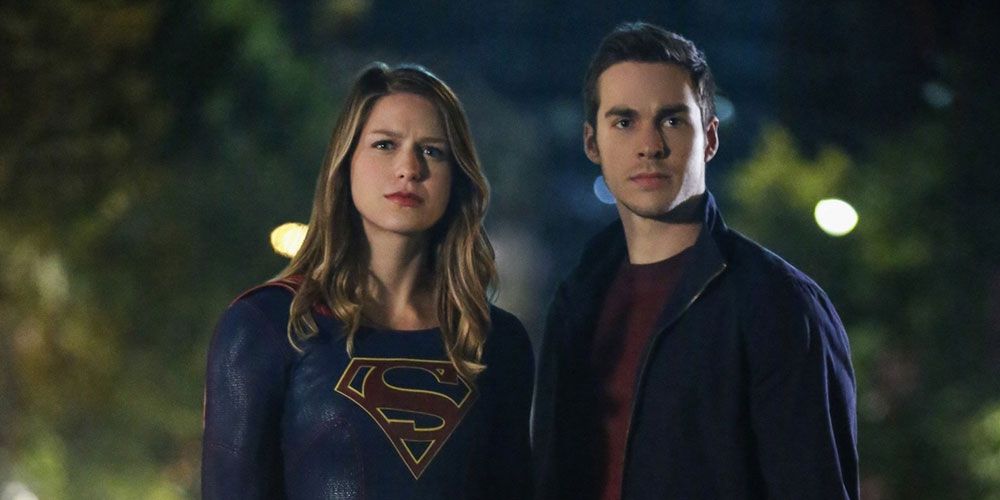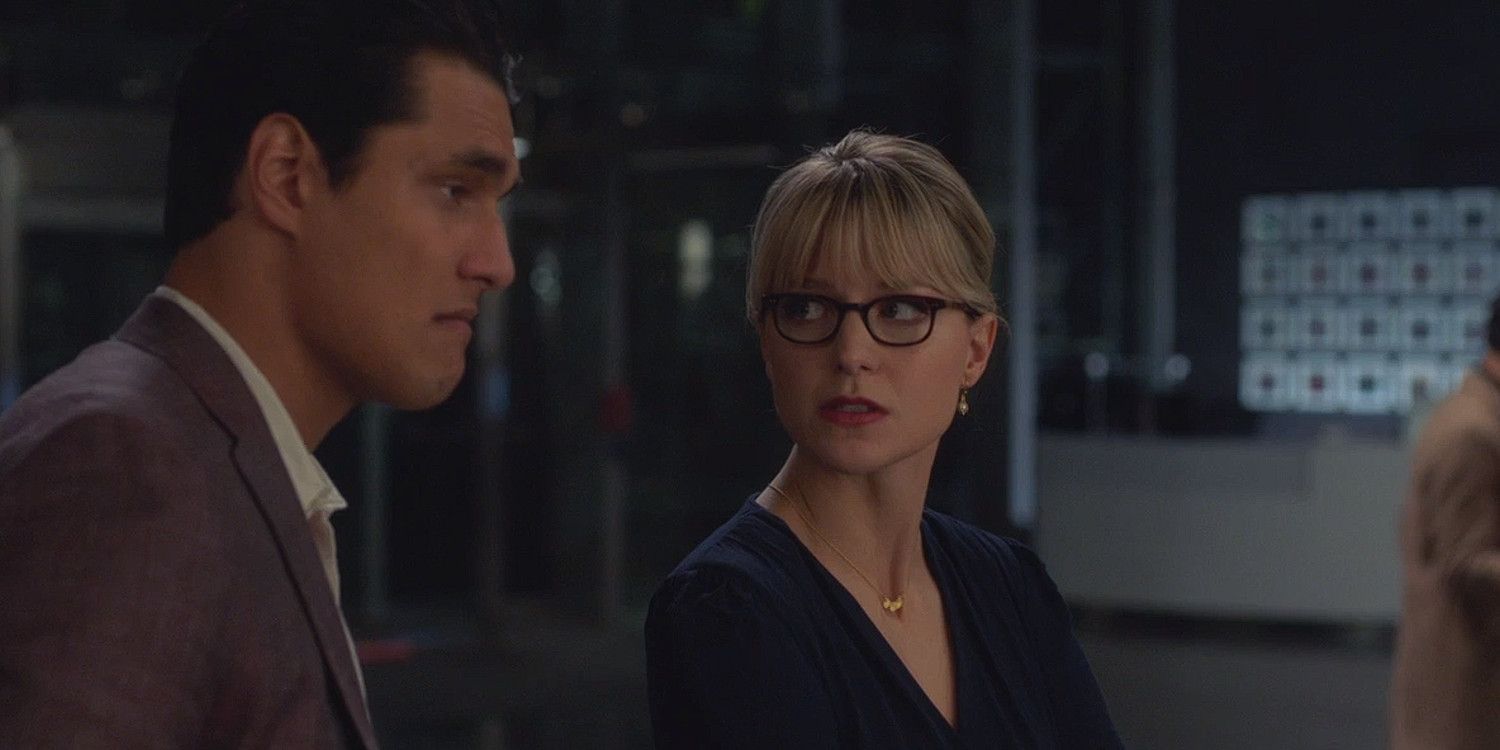Supergirl is a positive, warm-hearted, and well-acted show from the CW Universe of superhero shows inspired by DC Comics. One of the last surviving Kryptonians, Kara Zor-El (Melissa Benoist) takes the mantle of Supergirl to become a cape-wearing superheroine and protector of National City, her chosen home at Earth.
While the titular character has matured and grown with the show's story arcs, she also seems to be getting worse and inconsistent at times. Here are some ways in which Supergirl has been getting worse and worse.
In The Shadow Of Her Cousin
Kara shines as a superhuman in her own right in various moments of the show but she also seems to be in the shadow of her more well-known cousin most of the time. The writing around her character mirrors her origin story with that of her cousin Superman many a time. While it would seem cool for the sake of a few Easter Eggs, this decision leaves little room for innovating her individual story arc.
Not only the costume and her Kryptonian nature, but she also shares several other similarities like picking up the job of a reporter and having allies like Jimmy Olsen. Even most of the villains she fights, later on, are popular in comic books as Superman villains. Supergirl is a positive character for non-tokenistic female representation in superhero media, but turning her into just a "female Superman" at times doesn't do justice to her character.
Too Preachy
Kara is shown as a very understanding individual who understands and empathizes with other's issues. Apart from women, a few episodes also turn her into an ally for LGBTQ+ causes.
But the problem lies in the fact that sometimes, Kara hijacks the spotlight to give a preachy monologue that seems a tad bit too scripted. She also engages in bouts of self-righteousness with characters whom she isn't very fond of. This can be seen from her patronizing behavior towards Lena Luthor in Season 3. Supplementing this, much like Superman, there's the whole "S stands for Hope" routine that seems pretty cliched.
Lack Of Inner Conflicts
Kara has a few differences from her comic-book version which are excusable and necessary. But one aspect that the showrunners could have borrowed from the comics was her anger issues. When Kara shifts to Earth, she has a tough time adjusting to a new planet and needs to learn balancing her powers.
She also questions Superman's heroic antics to save all humanity. In the show, however, she adjusts quite comfortably and continues to be the shining beacon of hope for the seasons to come. Because of her aforementioned preachiness, she does seem to be building some sort of God complex, but otherwise, there aren't any compelling inner conflicts present in her story.
She Hates Tech?
Technology can often be misused by villains like Lex Luthor who manipulate advanced tech for their own ulterior motives. Such themes were being explored in Supergirl's latest season. However, Supergirl takes her morals a notch higher, condemning that technology is making us stray away from humanity. She adds that people should interact more in the real world, stressing on her anti-technology angle.
The timing of the episode seemed pretty awkward considering that it aired in late March, right when the global pandemic was ushering in an age of social isolation. Technology was being used to not only stay connected in these turbulent times but also to build awareness and activism around issues that have been plaguing this year.
Time Travel
By the end of Season 3, Supergirl reverses time to save her friends from affecting the events for the latter part of the show. Time travel and the notorious after-effects of messing with timelines have become really overplayed themes in the superhero genre, and more so in CW's Arrowverse itself. Flash and Legends of Tomorrow had already shown time and again how changing timelines can create alternate realities with their own set of threats.
Adding a time travel angle in Supergirl's life again makes audiences view the character in the same light as other characters affected by time travel, such as Flash and Green Arrow.
Villain/Themes Of The Week
Supergirl's work approach falls victim to a staple that other Arrowverse characters suffer from too. Every new weekly episode finds our caped protagonist fighting a random villain and then addressing a preachy topic. While there's the main baddie every season forming the crux of the story, Supergirl is often tasked with fighting such 'filler' characters.
Considering that each season comprises of nearly 20 episodes, each of a 40-minute duration, these uncessary storylines dominate Kara's adventures and often lead to a monotonous, predictable formula.
Cape Fighting
One of the most gimmicky and kiddish moments in the show is when Kara is told that her costume's cape is a weapon in itself. Mor-El teaches her in a Season 3 episode about fighting with her cape so that she can defeat Reign in battle.
These cape tricks need to be seen to be believed, but finally, Supergirl does manage to defeat her adversary with her cape. Perhaps for the better, the cape is never featured as a weapon again for the rest of the series.
Crossover Overkill
The crossovers featuring all characters of the Arrowverse had their moment of glory initially but now, they just make for stretched, tonally inconsistent special episodes. They attempt to have some fun comic-book-inspired moments that affect the events of the other Arrowverse shows too but overall, these crossover episodes just seem like an excuse to hook viewers with bland storylines.
A hilariously bad example was Supergirl's crossover with Flash called Duet, that turned out to be a bizarre musical episode.
Soapy Love Angles
It's not an Arrowverse show until the lead character isn't thrown into soapy, melodramatic romantic angles involving a usual love-triangle too. The former prince of Daxam, Mon-El harbors feelings for Kara initially, and the relationship does add some conflict and drama. He could be a real jerk to her at times, often manipulating and guilt-tripping the Kryptonian.
After the relationship's end things seemed to be going smoothly, until we are introduced to a Mon-El from the future who is married but still has feelings for Kara. Then, he goes back to the future and travels back to the present yet again. This time, he even manages to engage in almost a kiss with Kara until he finally leaves the timeline to do heroic deeds in other dimensions, eventually forming the Legion. These romantic subplots seem unnecessarily stretched and frustrating at times.
A Troubling Relationship With William Dey
Mon-El wasn't the last sketchy lover that Supergirl had. In Season 5, she almost seems to be 'forced' to have a romantic relationship with the suave William Dey. Dey might be charming, but it was shown early on that Kara clearly rejects his advances. She doesn't seem to admire him the way he is infatuated with her.
What happens next? Dey continues pursuing her cheekily till her 'no' turns into a 'yes'. Even when Kara discusses Dey with her friends, they just end up telling her blatantly that she has a secret crush on him. All in all, it's yet another cringe-inducing love angle. This relationship also seems to be giving off a weird message that a person should keep on pushing a disinterested crush to the extent that the crush eventually gives up and agrees to date. Even if the show doesn't imply that directly, the relationship's build-up is shown in such a sketchy manner that such questions arise.

